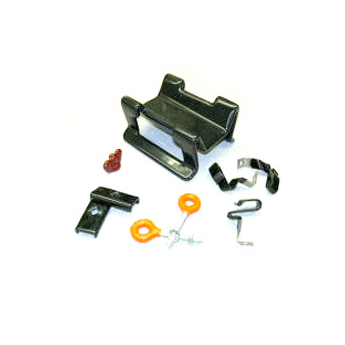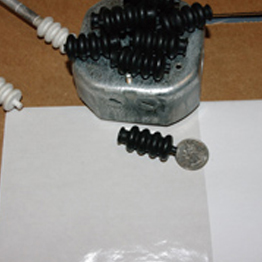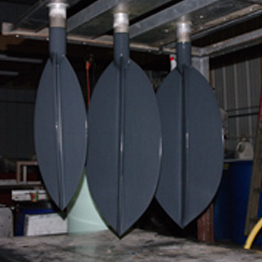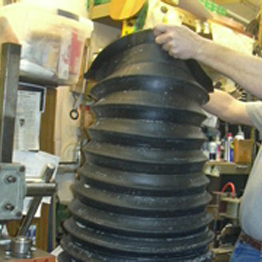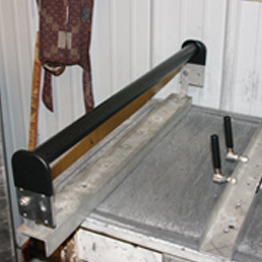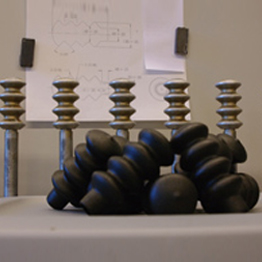Dip coating allows the customer to have a protective or cosmetic coating applied to a variety of substrates including metals, plastics, textiles, foams, etc. Coatings from a few to several thousandths of an inch can be applied in a variety of colors and durometer. Practically all materials and processing used for dip molding lend themselves to dip coating. Silicone spray coating of metal substrates has become a specialty of McCammon Engineering Corp. in both military and industrial applications. Silicone is an excellent choice for high heat applications such as engine compartments, oven components, etc.
View All Services Request A Quote
Portfolio Gallery
Dip and Spray Coating Capabilities
- Part Quantities
-
Typical annual quantities range from 1 to hundreds of thousands of pieces.
- Lead Time
-
1 day turnaround if needed
- Materials
-
- Natural latex
- Neoprene
- Nitrile (Buna-N)
- Silicone
- Vinyl (PVC)
- Tolerances
-
up to .0005
- Secondary Operations
-
- Powder Coating
- Hot Stamping / Pad Stamping
- Adhesive Bonding
- Traditional Machining
- Rubber Molding / Fabrication
- In-House Tooling
- Trimming
- Dieing
- Assembly
- Industries Served
-
Agriculture
Hunting
Industrial
MedicalMilitary Aerospace
Outdoor Recreation
Shooting
Veterinary
- Acceptable Drawing File Formats
-
Adobe .PDF format
CADKEY .dxf or .dwg format
- Professional Associations
-
- FFL#: 4-35-153-07-0D-01379
- SOT#: 2007172-N50-011
- IGFA
- Shapes and Sizes
-
Bellows, boots, bulbs, and tubing are just a few of the shapes that can be produced utilizing dip molding. Parts can be produced in nearly any shape, size or configurations. Though there are some limitations to the geometry of dip molded parts, often dip molding can produce parts that would be impossible through other molding technologies. Utilizing dip molding, large parts can be produced inexpensively that would cost tens of thousands of dollars in mold costs with other molding technologies.


